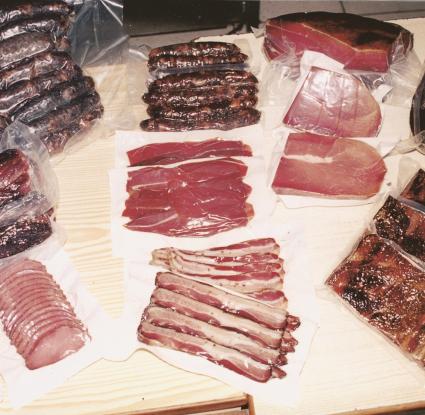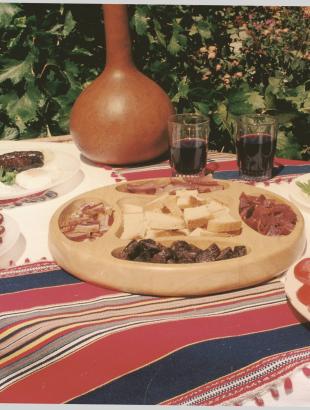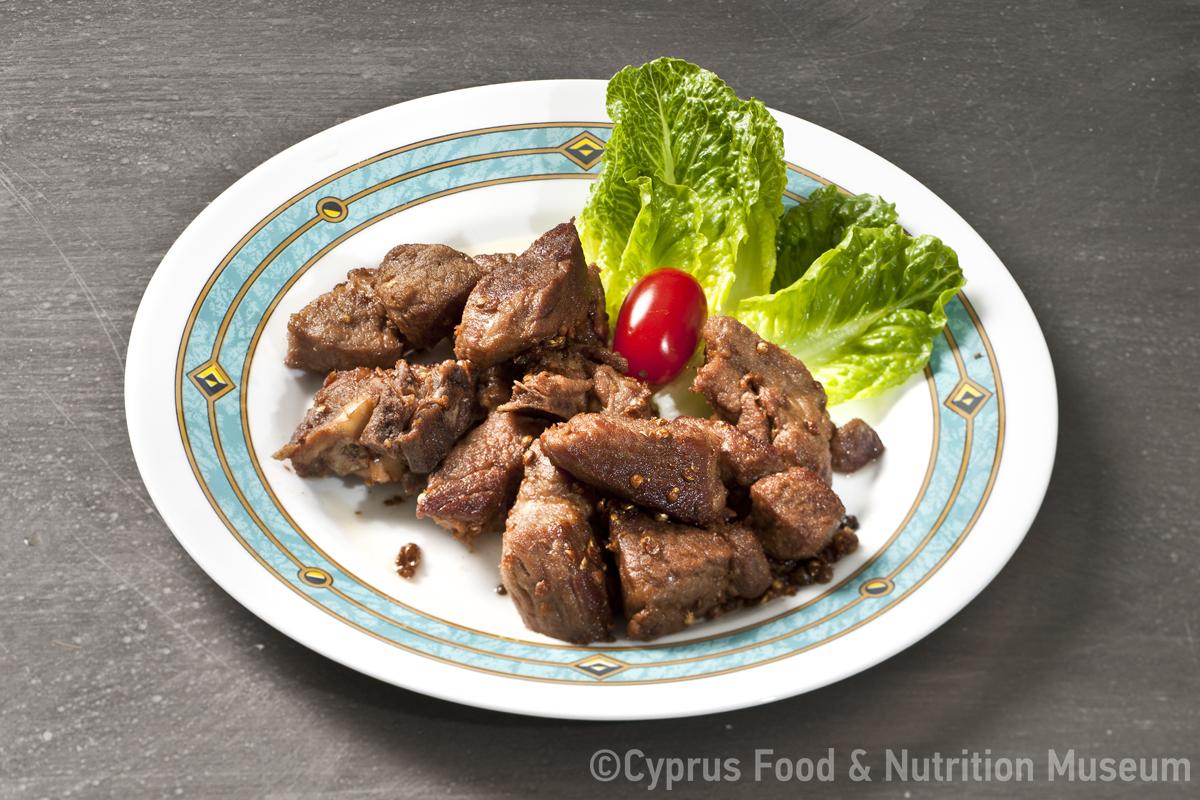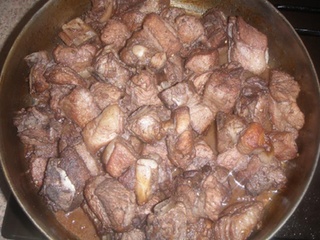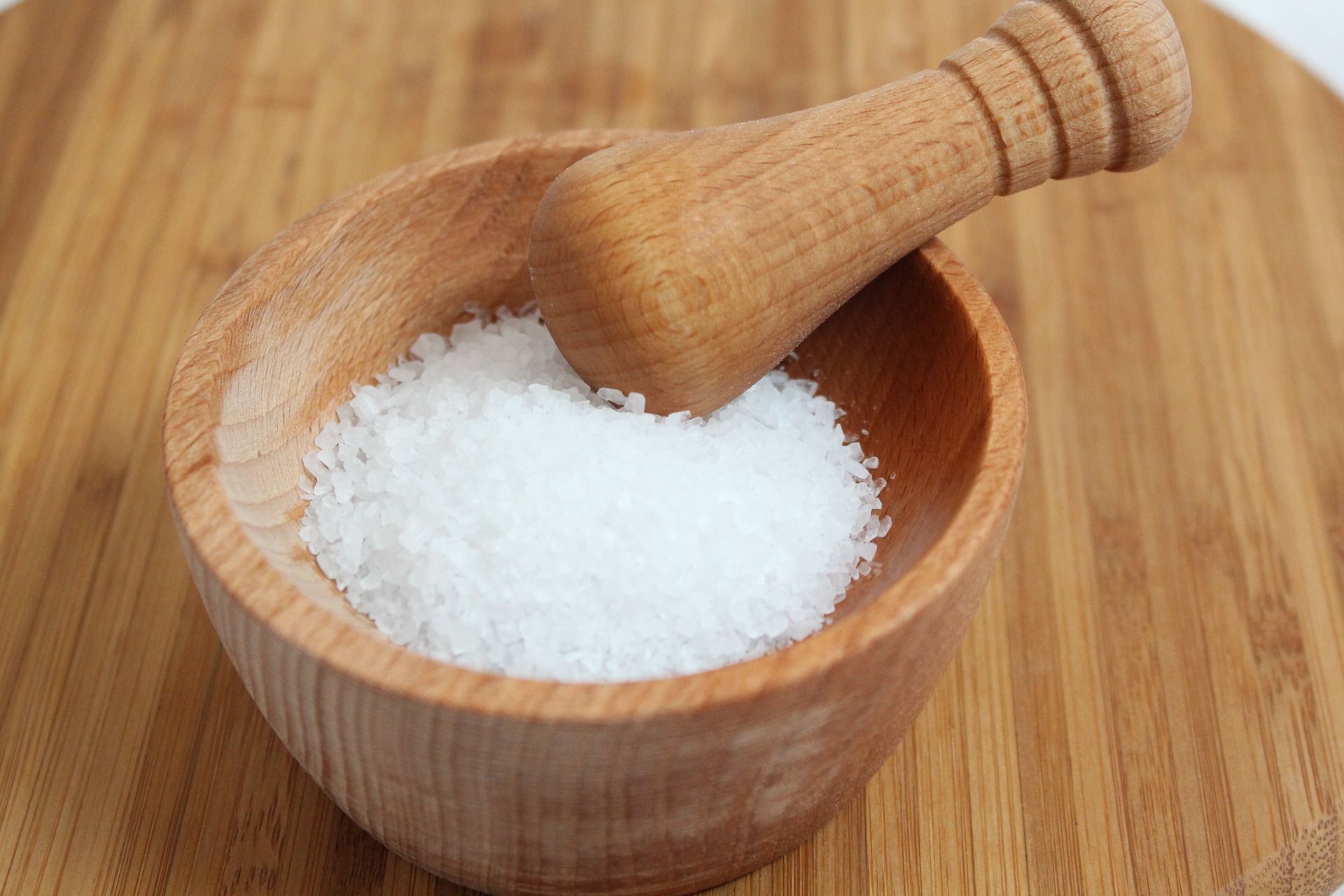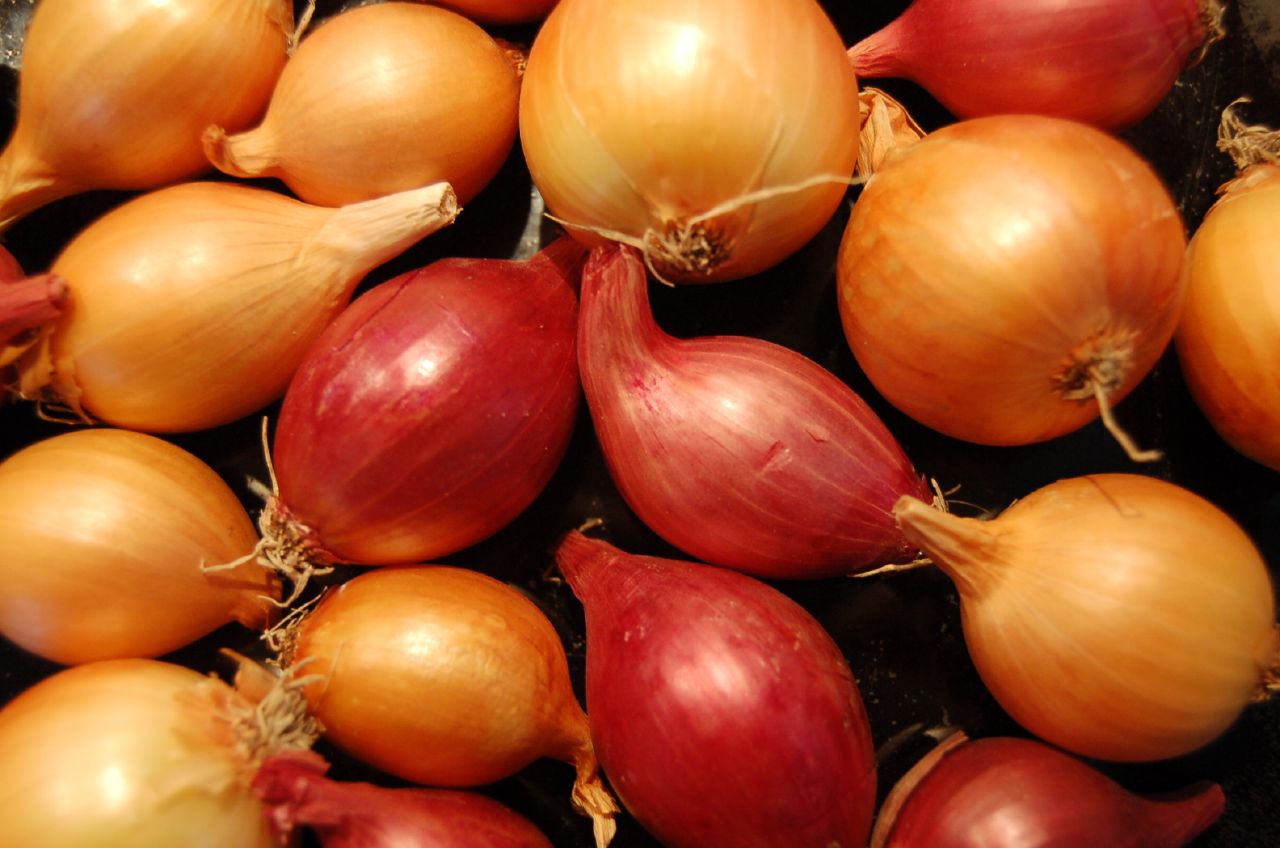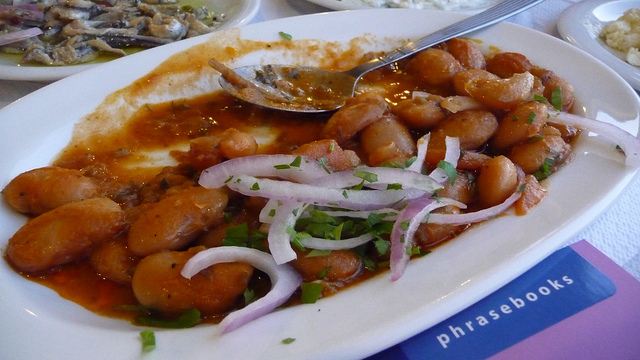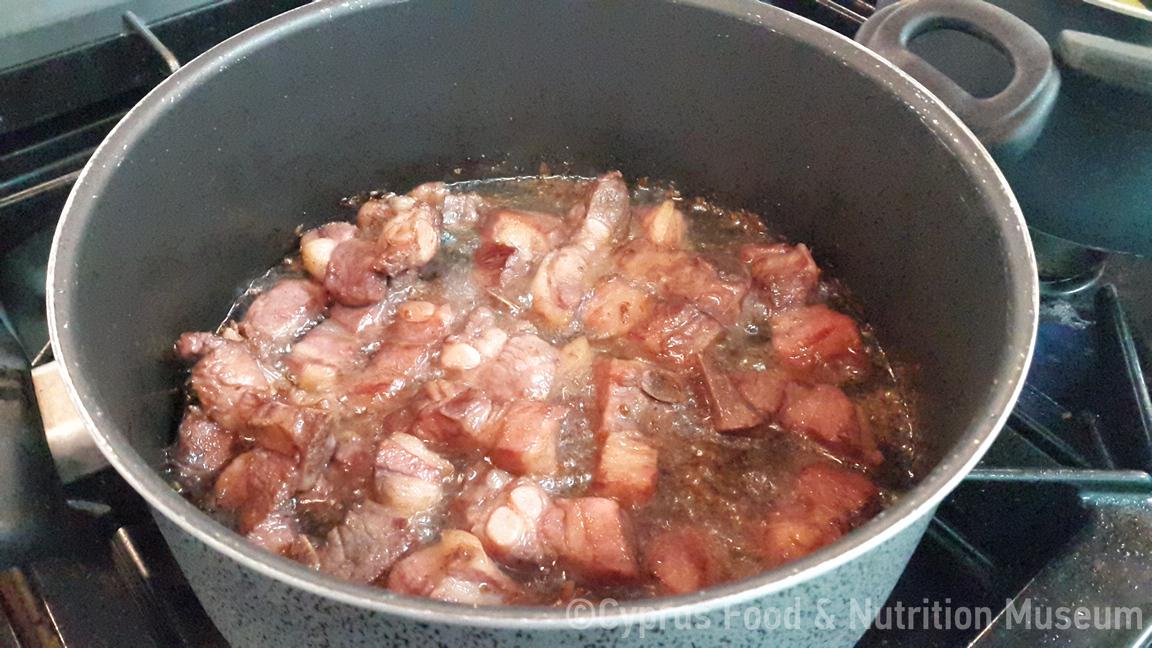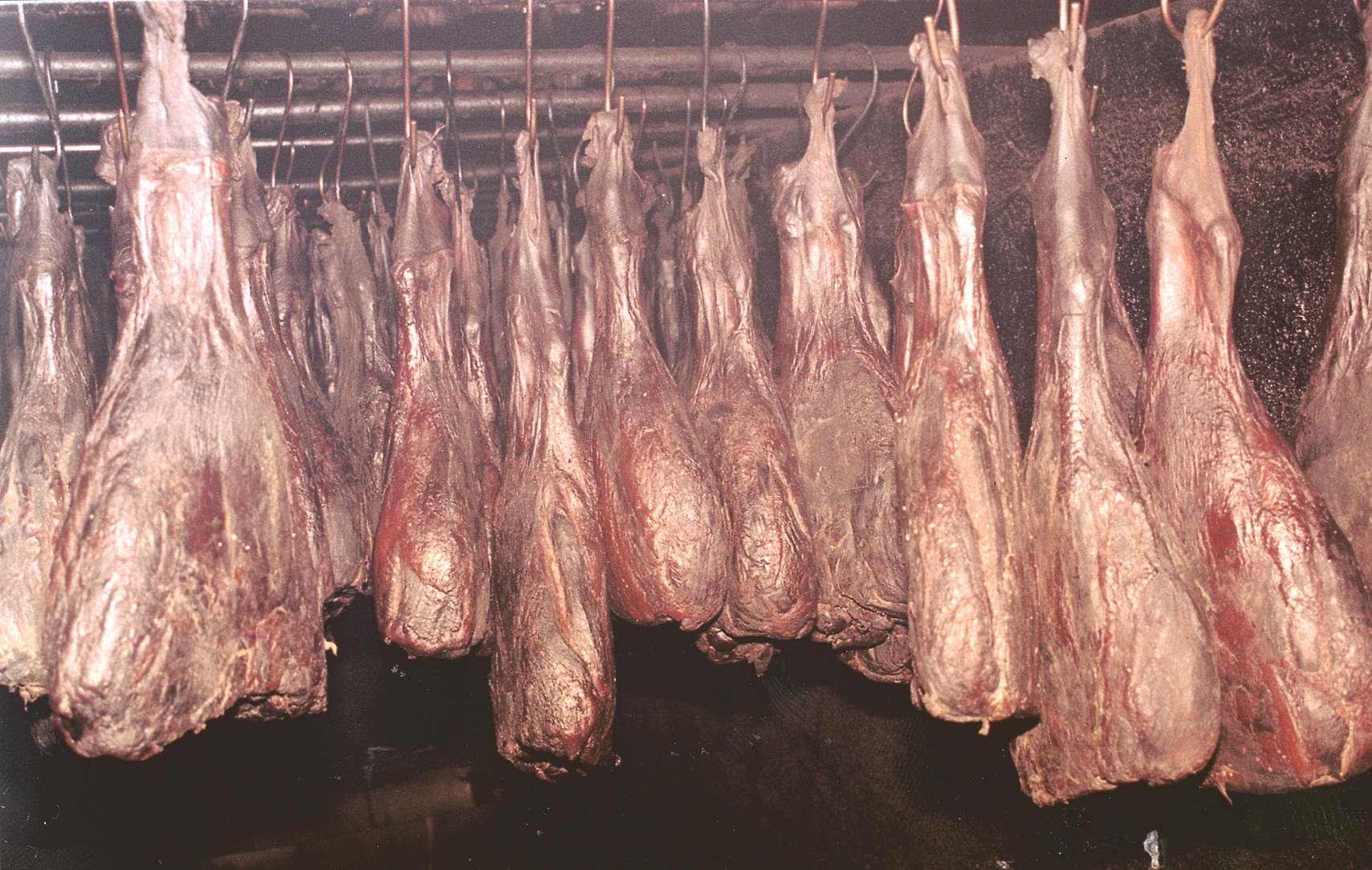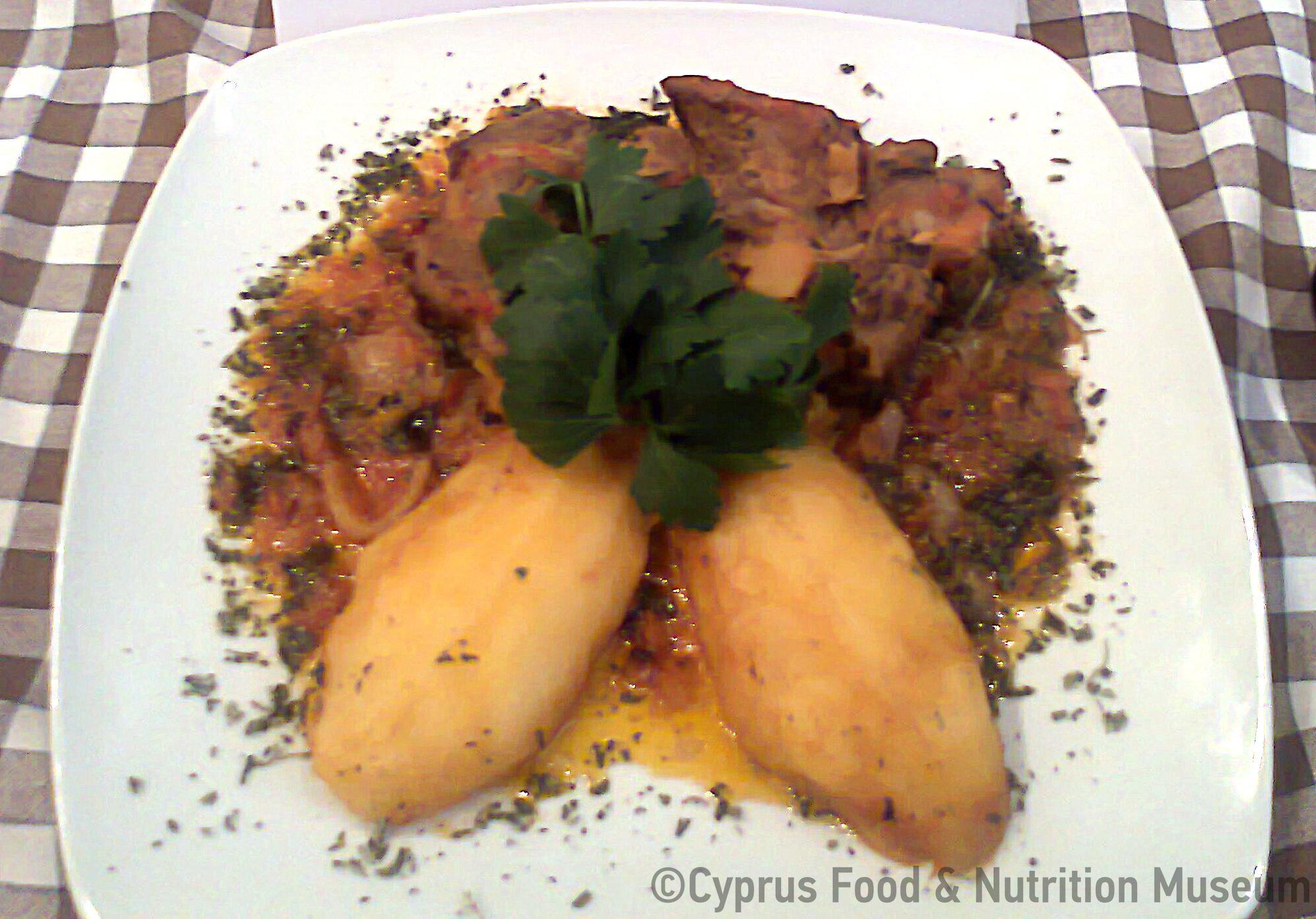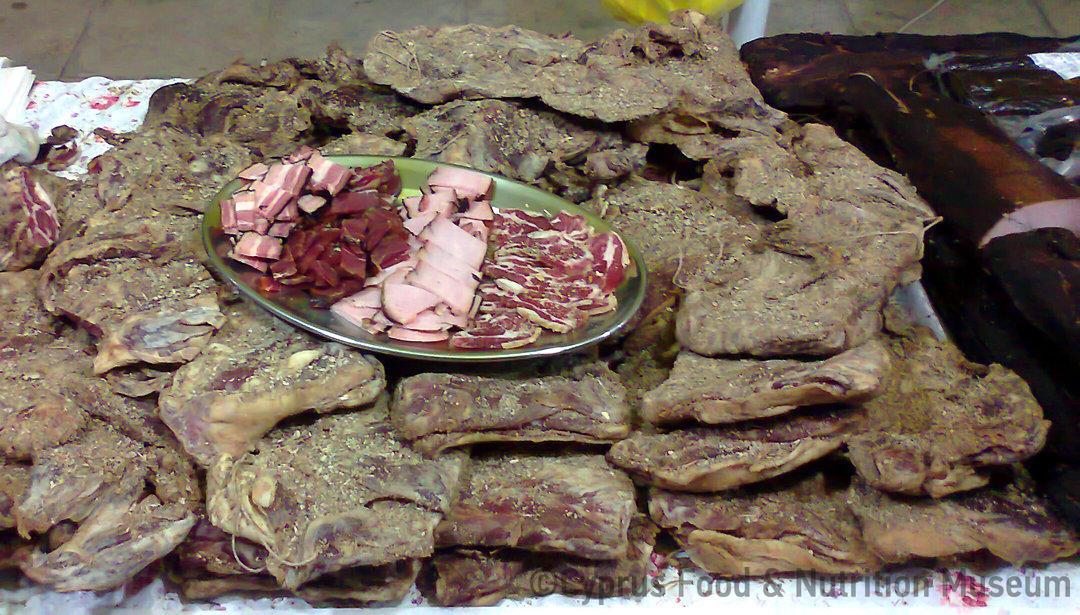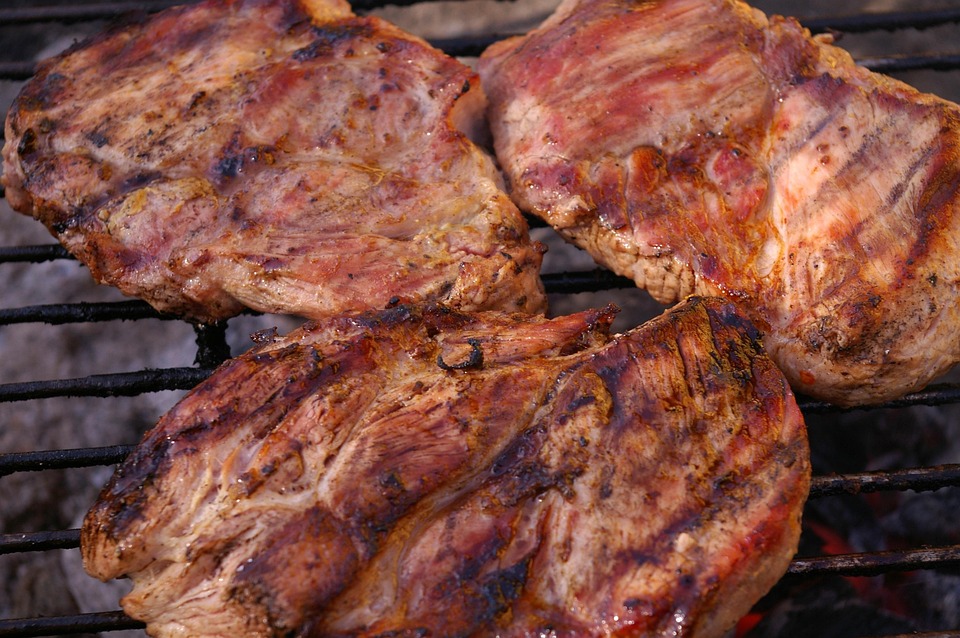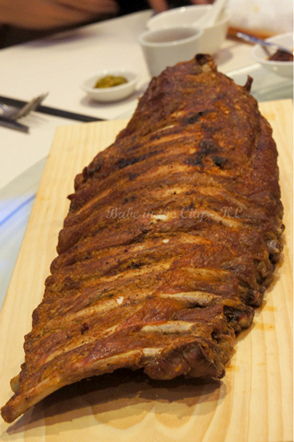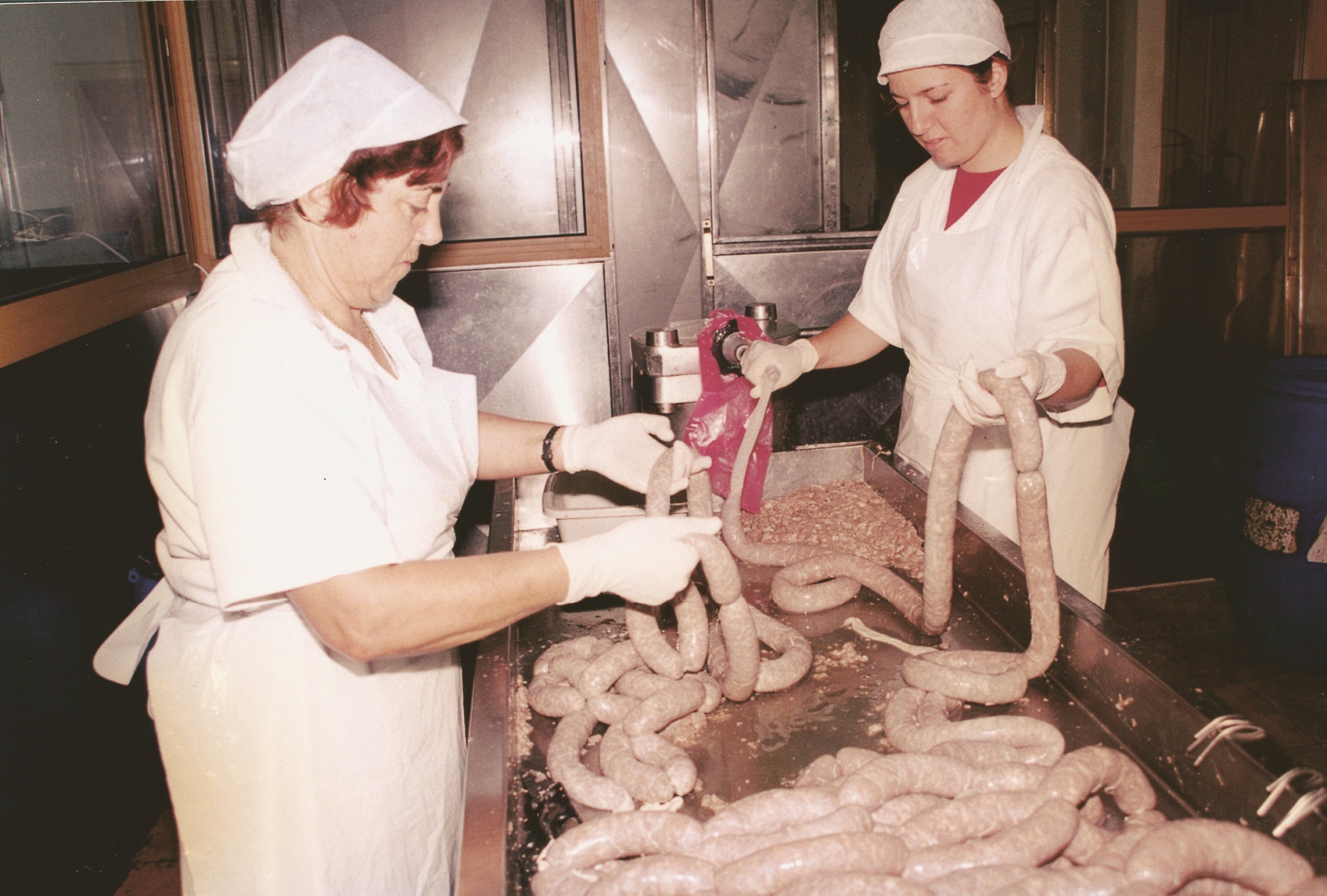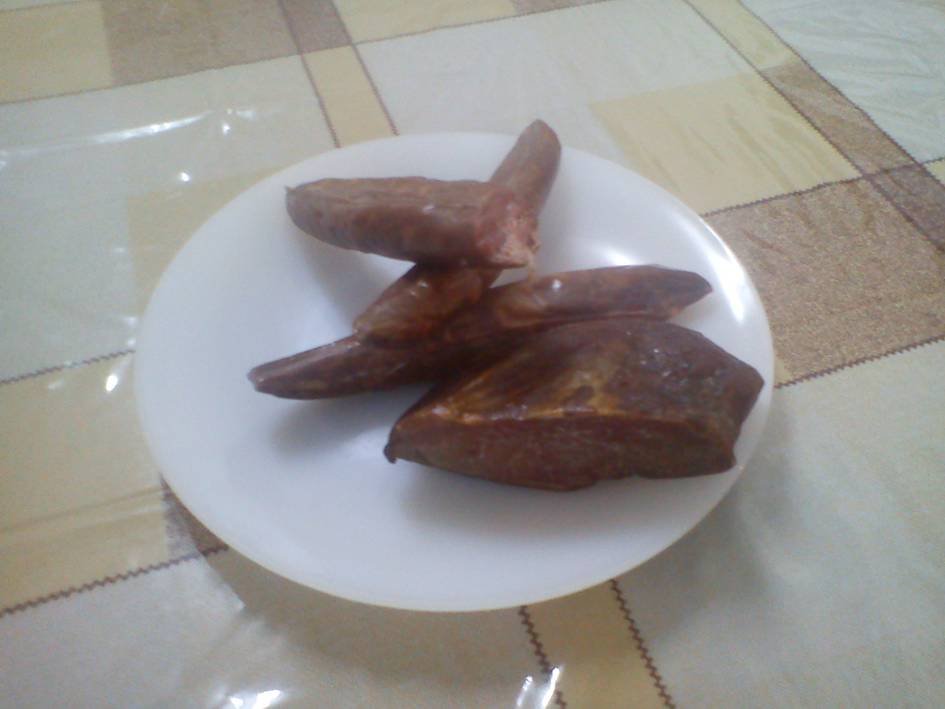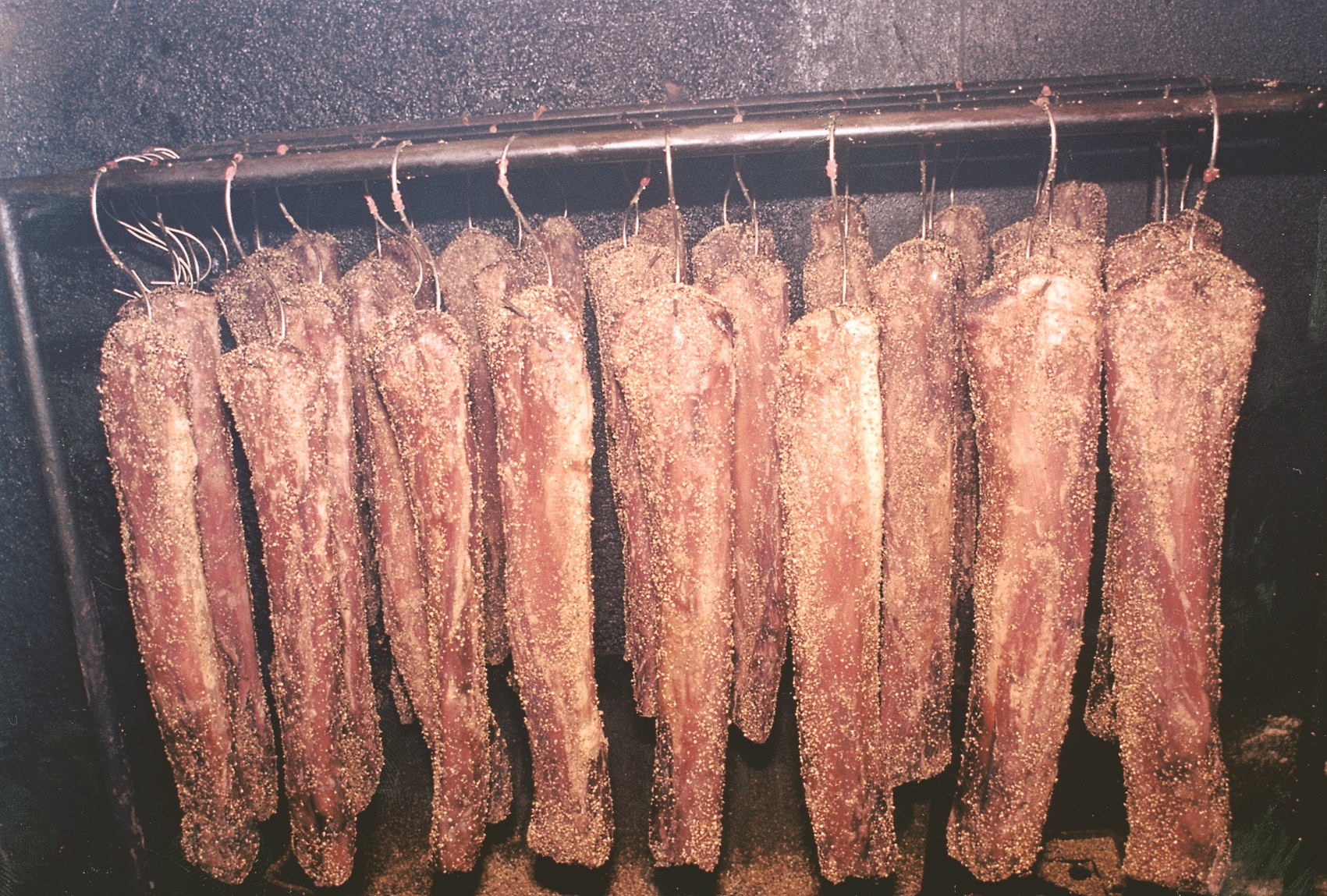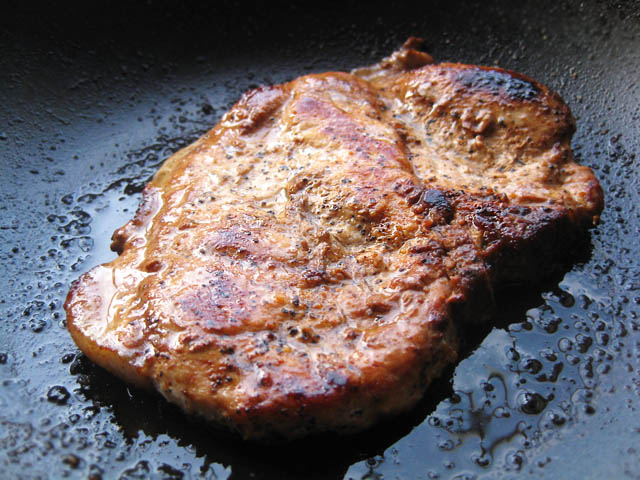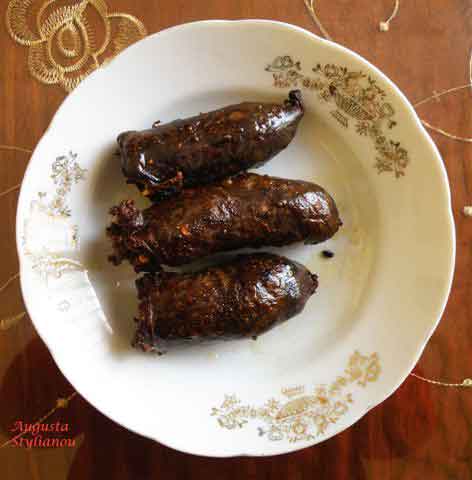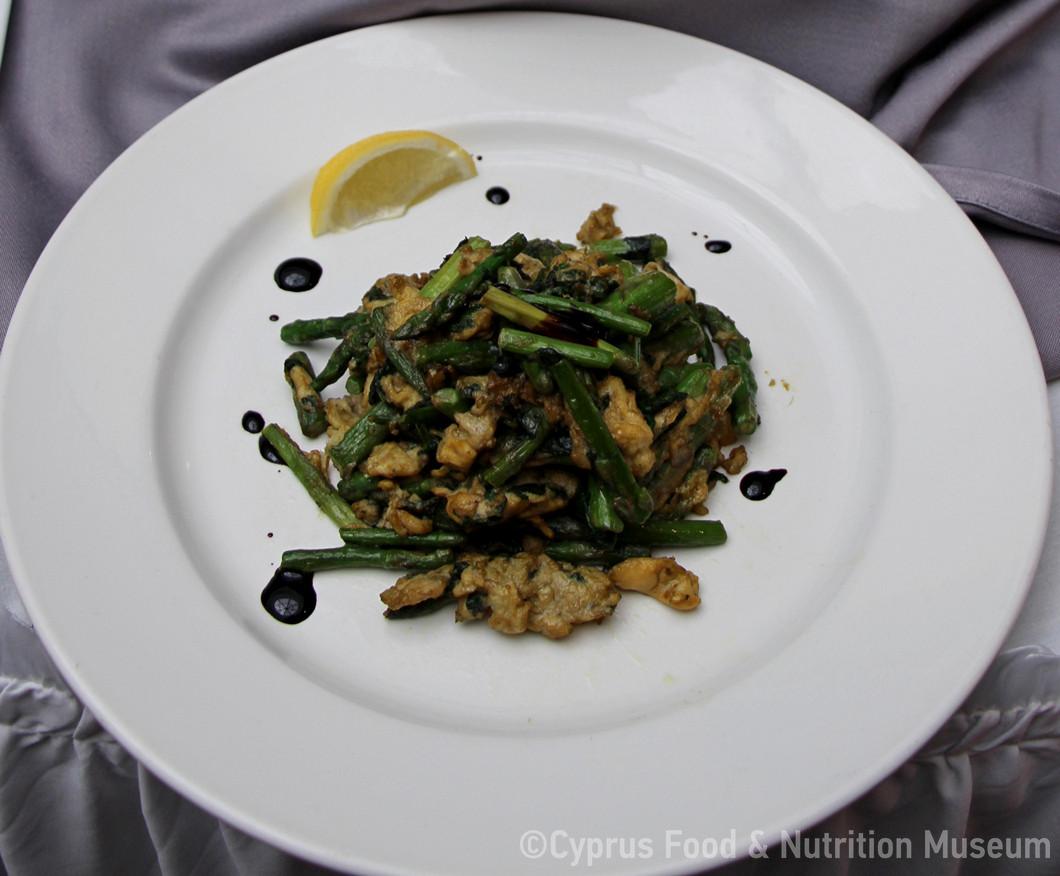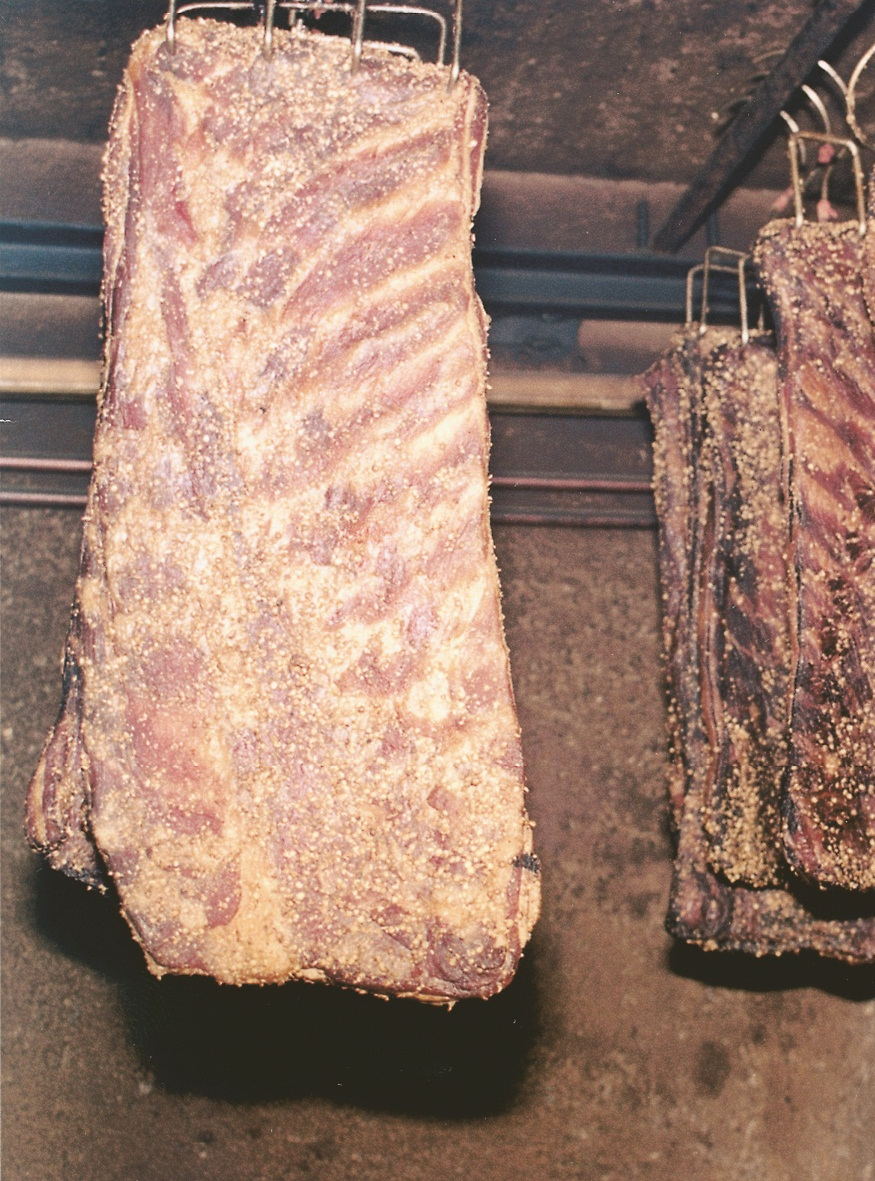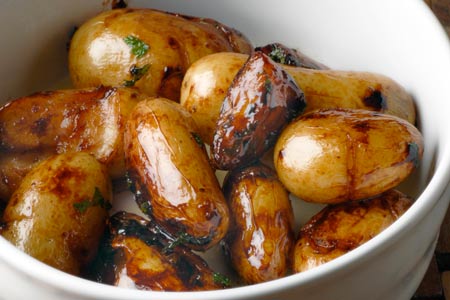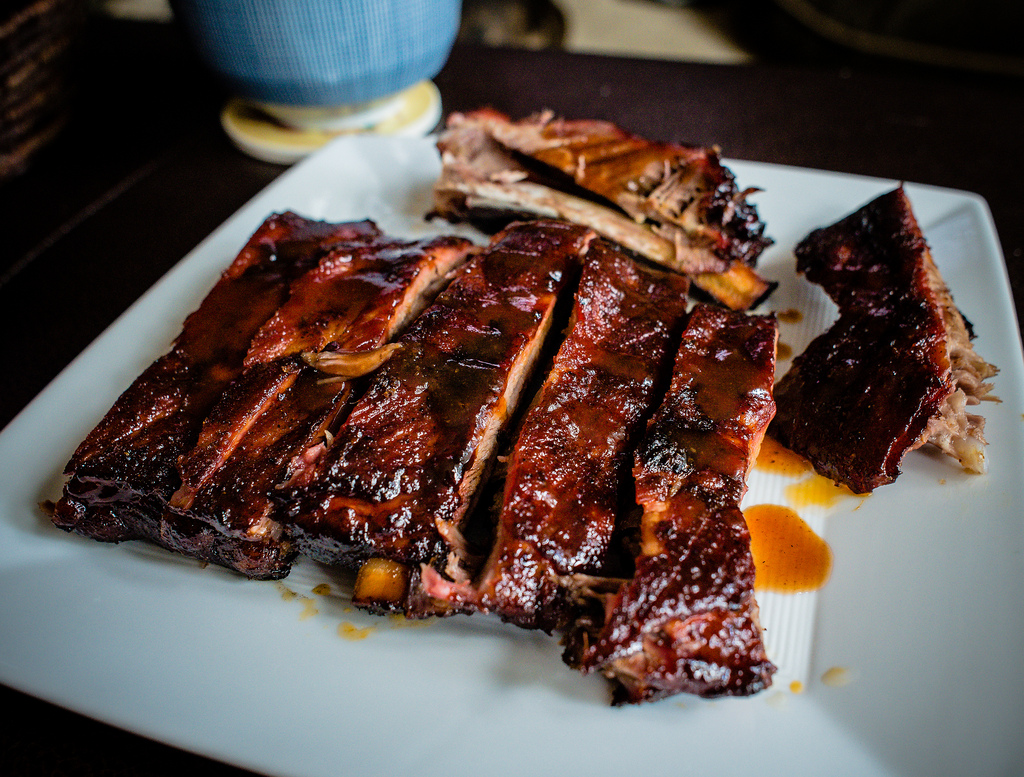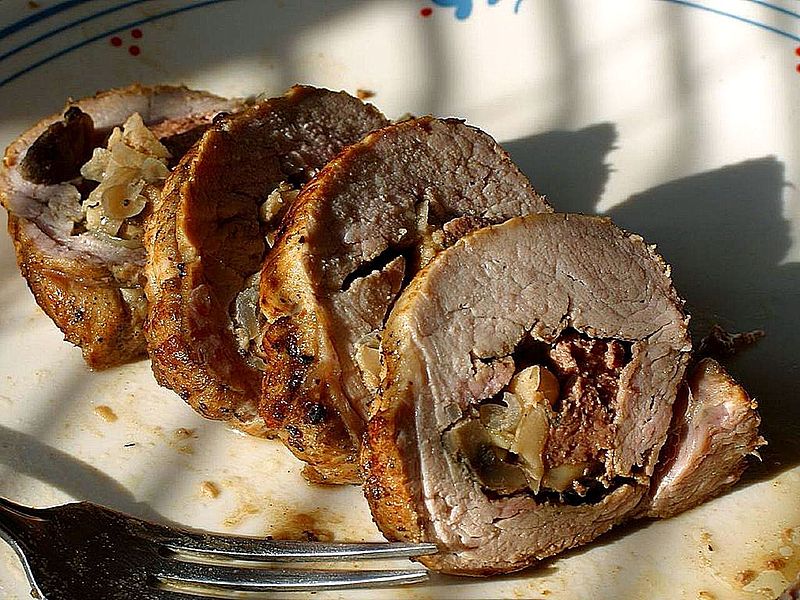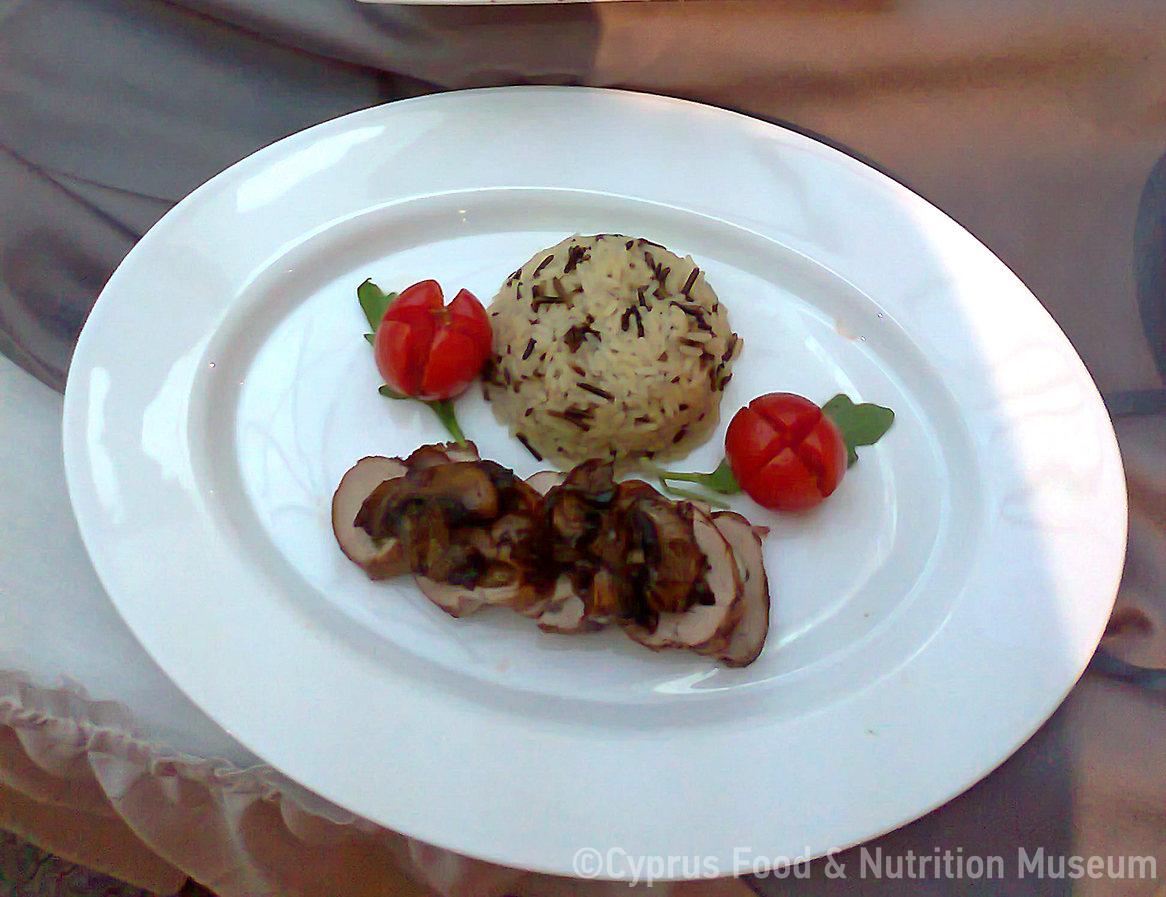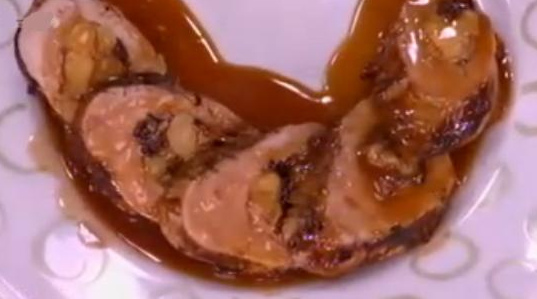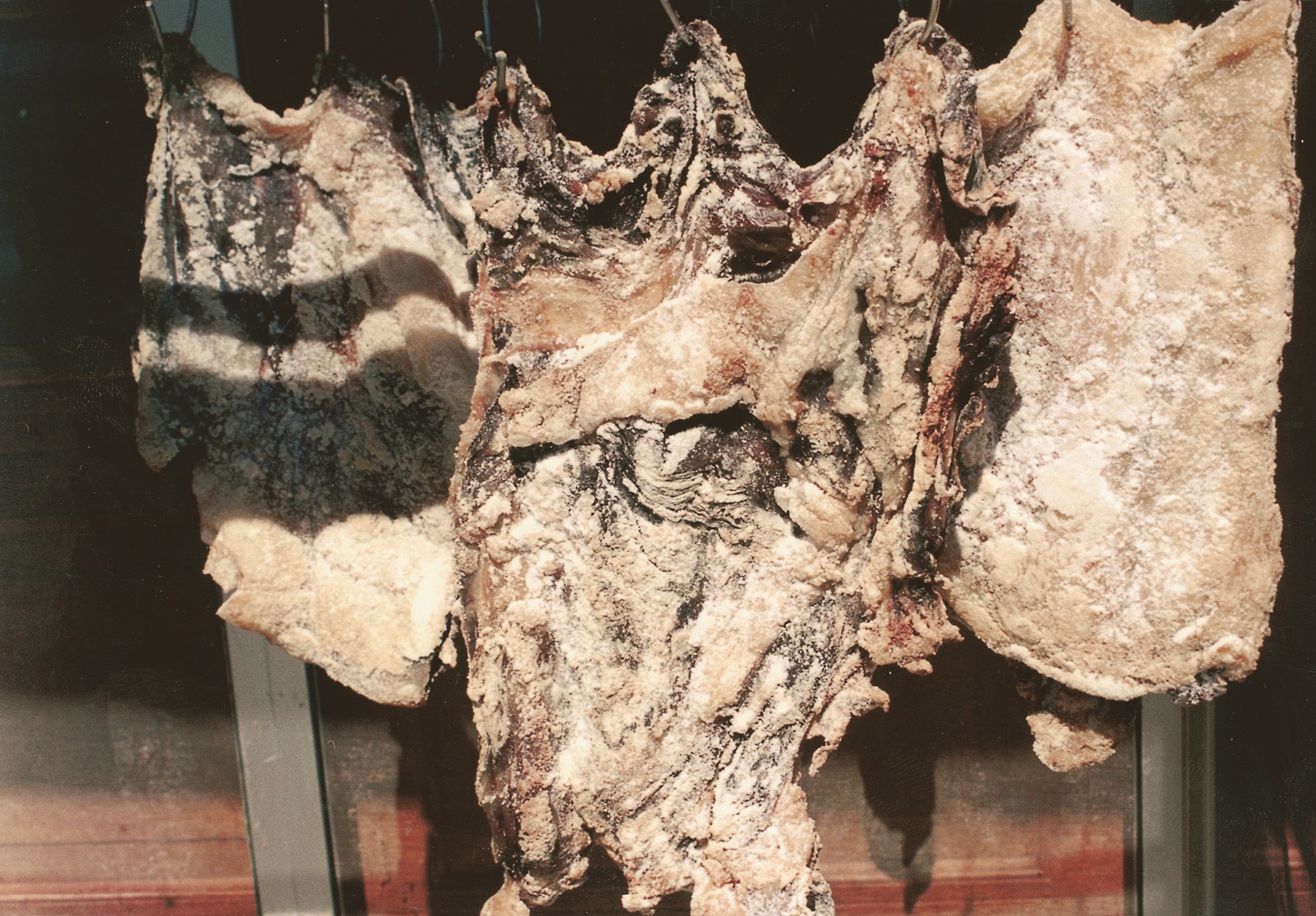The main types of traditional Cypriot charcuterie are loukanika (sausages), lountza, hiromeri, zalatina, posyrti (bacon), tsamarella and apohti.
Name - Origin
The main types of traditional Cypriot charcuterie are loukanika (sausages), lountza, hiromeri, zalatina, posyrti (bacon), tsamarella and apohti. Tsamarella and apohti are made from goat meat aged between 2-3 years, while all the other charcuterie are made from pork (Houtri, Kalyvitou, 2009).
In the old days, every family in the countryside would buy a small pig to raise and prepare charcuterie for the whole year ahead. The pig was fed with bran, barley and acorns, which were in abundance in rural areas. The pig would be slaughtered on a special wooden table called 'tavla', using knives made especially for this purpose. then, the animal would be scalded and the skin would be rubbed using special stones called 'hiropetres' (pigstones). The animal would then be cut lengthwise in order to separate its various parts. They would single out the 2 lountzes, the lean meat that is found along the spine. They would remove the front legs (koutales) that they would use to make loukanika (sausages). The two pieces of hiromeri would be cut off the two hind legs of the animal. Posyrti (bacon) is the part of the animal under the belly. The pig's intestines would be carefully washed in order to make sausages. The fat would be stored in special containers and would be used to preserve some cold cuts, to cook with it, or to make 'titsirides' from time to time which were fried small pieces of fat - a delicious snack. The pig's head and legs would be used to make zalatina. The remaining pieces of the pig would be fried and preserved in the fat (koumniasta).
Types of cold cuts and the appropriate kind of meat used today for their preparation: The meat used for the preparation of traditional sausages must come from animals that have been handled in abattoirs and have undergone a health inspection. The meat from female animals and young animals is considered very suitable. Depending on the type of cold cuts we are making, we should also use the appropriate meat from a particular part of the animal, as shown below: sausages - pork koutala (front legs) lountza - pork loin hiromeri - pork leg posyrti (bacon) - pork breast zalatina - pork head, legs cured or koumniasta - pork ribs apohti - goat meat (whole animal) tsamarella - goat meat (whole animal, boneless) (Houtri, Kalyvitou, 2009).
Functional and symbolic role
Traditional charcuterie, accompanied by a glass of wine or zivania, are enjoyed by foreign and local visitors in the picturesque mountain villages of Cyprus on cold winter days (Houtri, Kalyvitou, 2009).
In the old days, slaughtering a pig would take place between Christmas and Epiphany and was a big event. Relatives and friends would gather first thing in the morning at the householder's place to help with the whole process. On the same evening, they would gather for dinner and would eat pittes with epsima (grape syrup) and various dishes prepared by the hosts (aphelia, titsirides, liver). Often, the feast was accompanied by a 'betrothal' of a few young couples. In the following days, the traditional cold cuts would be prepared (Houtri, Kalyvitou, 2009).
Additional information and bibliography
Today, the traditional preparation of cured meats has been largely replaced by industrialised products. However, in many rural communities, particularly in the region of Pitsilia, the traditional way of preparing charcuterie continues until today. In recent years, several small firms that used to produce traditional charcuterie have been modernised to meet European health standards, and some new ones have been established, which focus on the quality and authenticity of these products.
In rural areas, many women continue to make traditional loukanika (sausages) and lountza for their family, relatives and friends (Houtri, Kalyvitou, 2009).
Houtri, M. & Kalyvitou A. (2009) Τα παραδοσιακά αλλαντικά της Κύπρου, Ministry of Agriculture, Natural Resources and Environment: Department of Agriculture (ed.), Publication 2/2009, Nicosia.
Varvara Yangou

